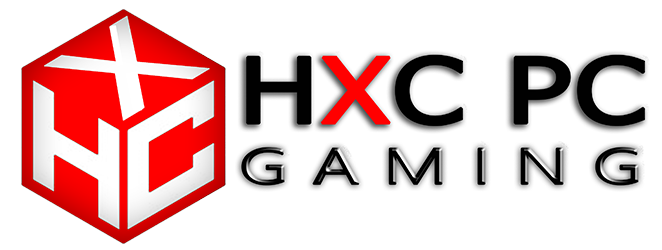If the first Death Stranding was trying to reconnect a broken world, Death Stranding 2: On the Beach is instead trying to show the possible dangers of such connectivity – and Hideo Kojima himself was trying to “conjure” up two different historical eras to drive his point home.
In an interview in Edge Magazine’s latest issue, the iconic game director compared the difference between his two open-world delivery sims to the difference between the Silk Road era and the times of the East India Company.
Kojima might be cryptic as ever, but the Silk Road or Silk Routes were essentially a network of routes set up to facilitate trade from China to the rest of the world and vice versa, beginning during the Han Dynasty, and meant goods like silk and spices could travel freely worldwide. The era of the East India Company, however, instead allowed weapons and drugs to travel across the sea.
“The first game was like the Silk Road,” Kojima explained. “It was about extending connections across a country, to allow useful supplies to travel. But the flipside is that negative things can travel more freely too: cockroaches, violence, drugs.”
That’s where Kojima’s head was at while making Death Stranding 2, which is focusing more on combat than the original. “It’s represented by the prevalence of weapons,” he added. “I’m trying to conjure the era of the East India Company, when resources could move freely around the world but, at the same time, this enabled these private companies to become more powerful than governments.”

